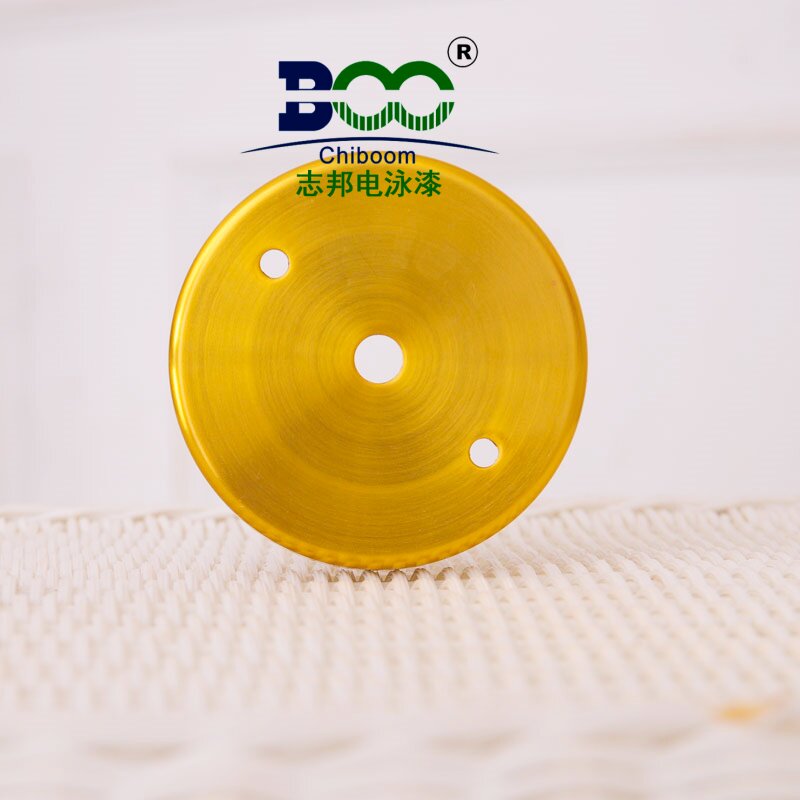Electrophoretic Paint Wastewater Treatment Process
In modern industrial production, electrophoretic paint, as an efficient and environmentally friendly coating technology, is widely used in various fields such as automobiles, home appliances, and hardware products. However, with the popularization of electrophoretic paint coating processes, the issue of wastewater treatment has also become increasingly prominent. Electrophoretic paint wastewater, containing various complex components and pollutants, can cause severe environmental pollution if not properly treated. Therefore, the research and application of electrophoretic paint wastewater treatment processes have become an important topic in the field of environmental protection.
The electrophoretic paint wastewater treatment process is actually a green symphony of environmental protection and technology. It integrates various technical means such as physics, chemistry, and biology, transforming potentially harmful wastewater into clear and harmless water through scientific methods and careful design. This process not only embodies humanity's responsibility and commitment to environmental protection but also showcases the immense potential of technology in solving environmental problems.
The first step in the electrophoretic paint wastewater treatment process is the initial chemical treatment. This stage involves adding appropriate flocculants and coagulants to the wastewater, causing suspended solids and colloidal substances to rapidly aggregate into larger particles, facilitating subsequent separation and treatment. After the initial chemical treatment, the suspended solids content and turbidity of the wastewater are significantly reduced, laying a solid foundation for subsequent processes.

Next comes the anaerobic treatment stage. In this phase, the wastewater is introduced into an anaerobic tank, where anaerobic microorganisms utilize their metabolic processes to decompose organic matter in the wastewater into methane, carbon dioxide, and other harmless substances. Anaerobic treatment not only effectively removes organic matter from the wastewater but also generates valuable bioenergy in the form of biogas, realizing the resourceful utilization of waste.
However, the wastewater still requires further treatment after anaerobic treatment. The secondary chemical treatment is a crucial step. By adding precipitants, oxidants, and other chemical agents to the wastewater, heavy metal ions, phosphates, and other pollutants are converted into insoluble precipitates, thereby achieving effective removal of pollutants. Meanwhile, for residual organic matter in the wastewater, advanced oxidation processes and other technological means can be employed for deep treatment to ensure that the effluent quality meets discharge standards.
Finally, after a series of complex treatment processes, the electrophoretic paint wastewater undergoes a rebirth. The clear and harmless effluent not only satisfies environmental protection requirements but also realizes the recycling of water resources. This is not only the success of the electrophoretic paint wastewater treatment process but also a vivid manifestation of the integration and mutual development of environmental protection and technology.
In the days to come, with the continuous improvement of environmental awareness and the sustained progress of technology, the electrophoretic paint wastewater treatment process will continue to be optimized and improved. We have reason to believe that with the joint efforts of environmental protection and technology, electrophoretic paint wastewater treatment will become more efficient, more environmentally friendly, and more sustainable. This will contribute significantly to human industrial production and environmental protection efforts.





 WeChat
WeChat